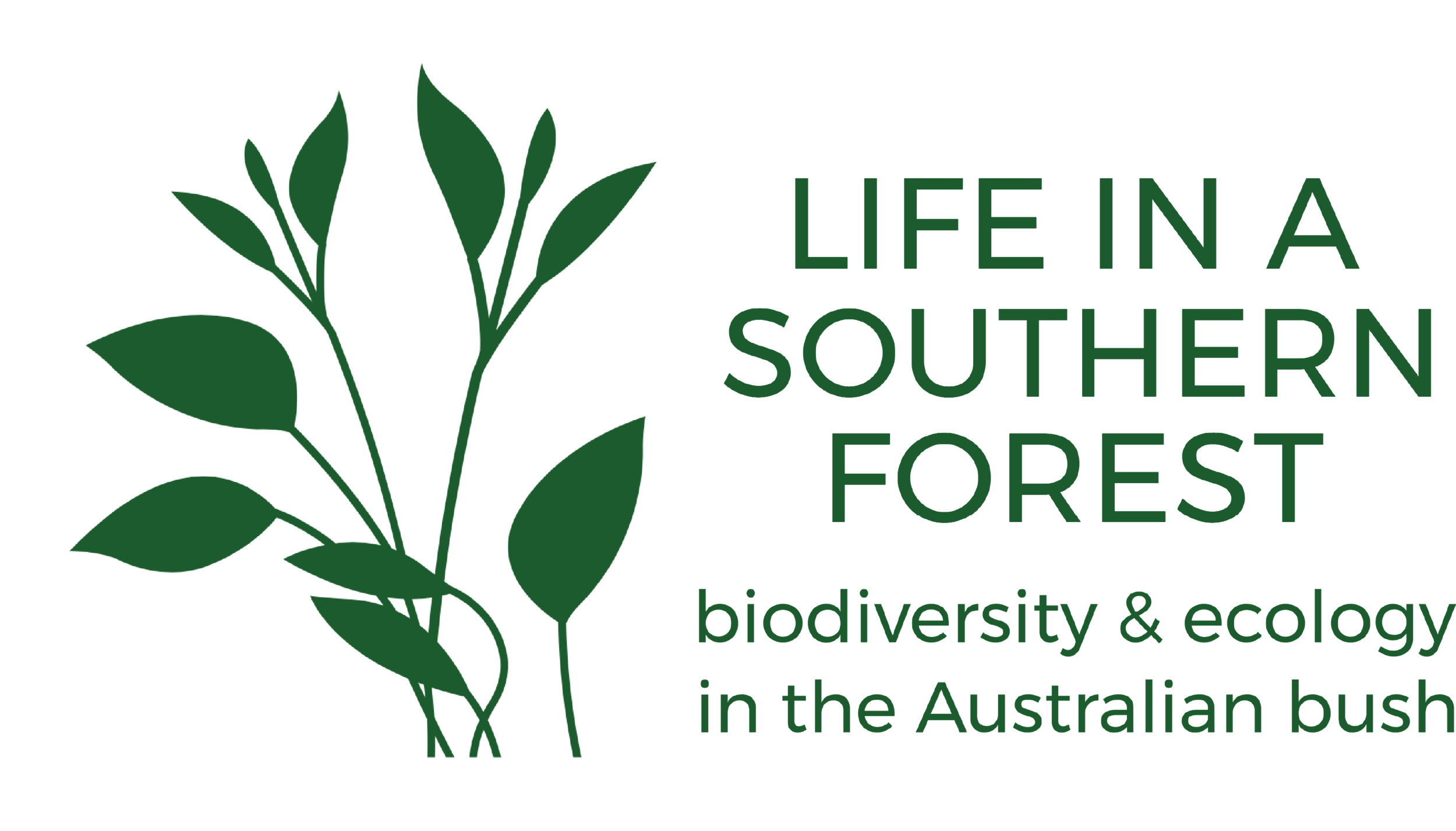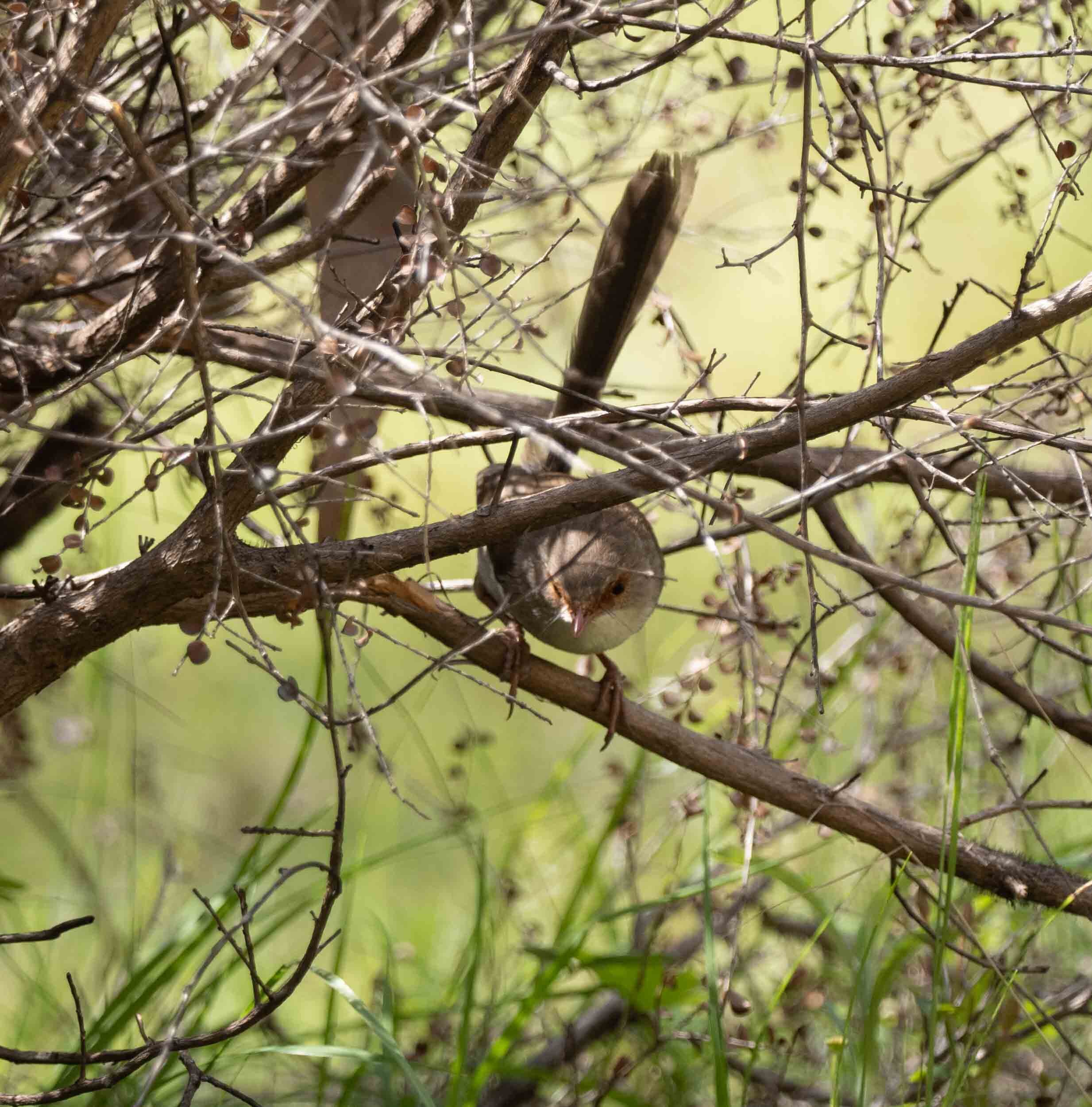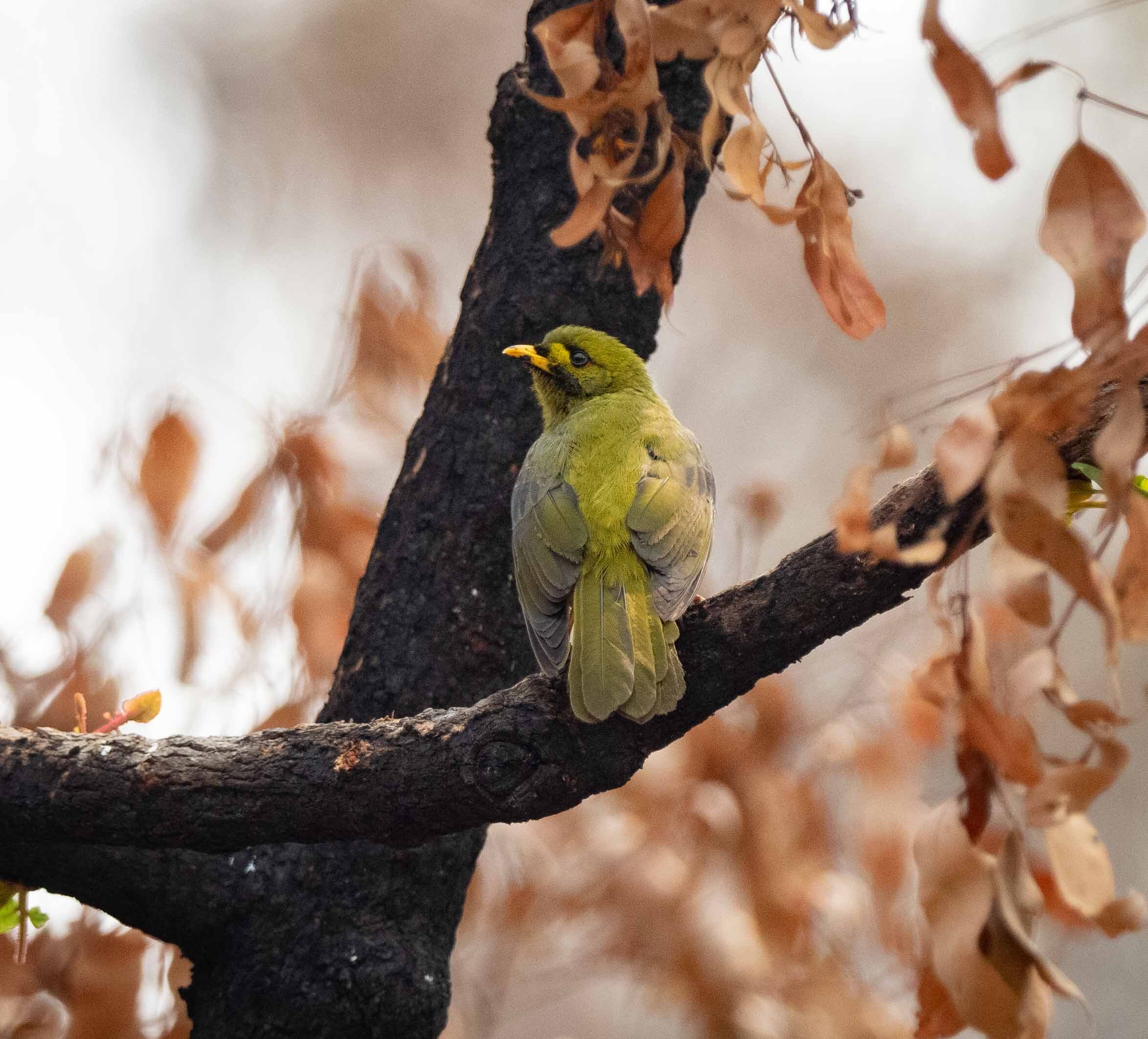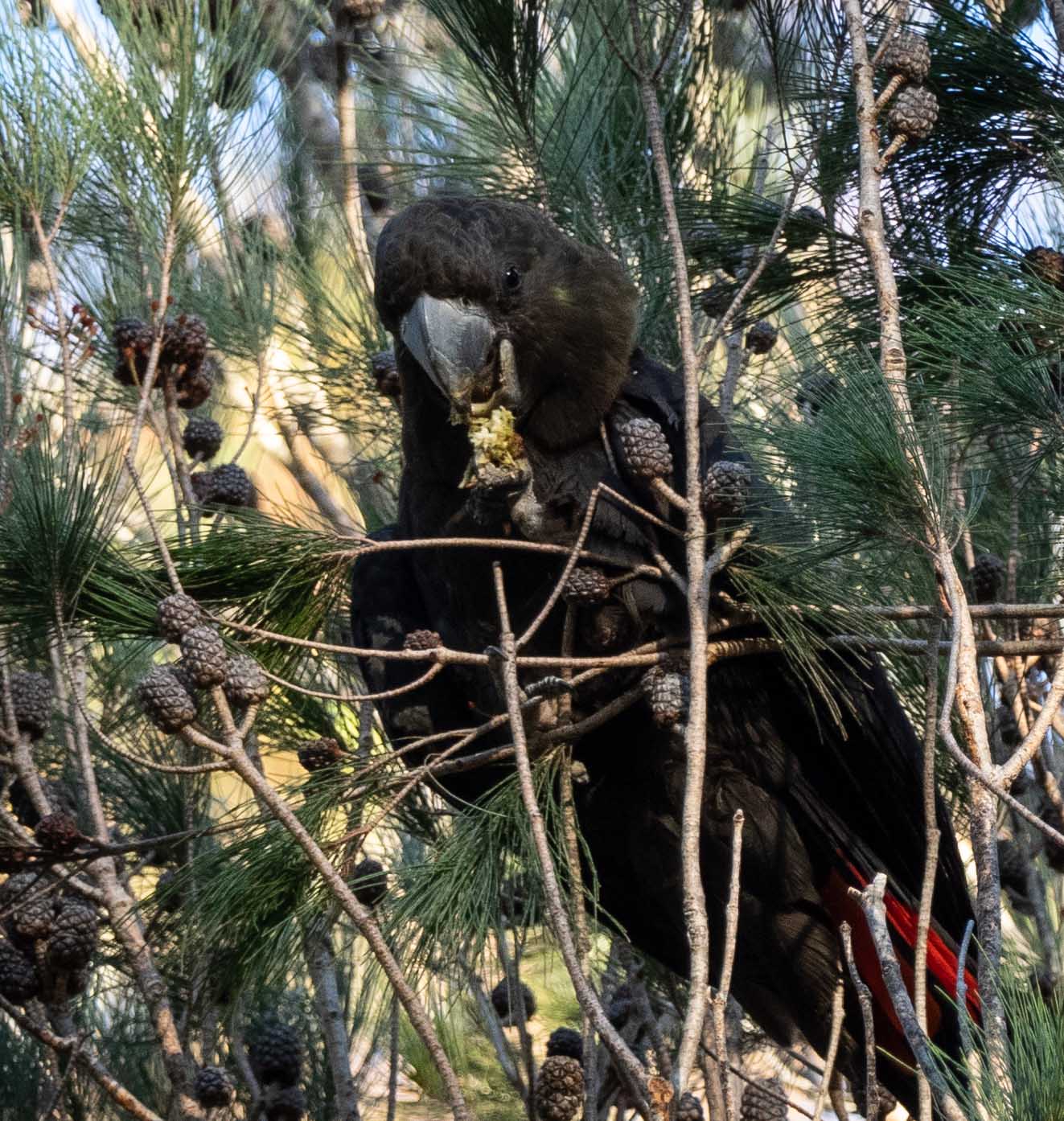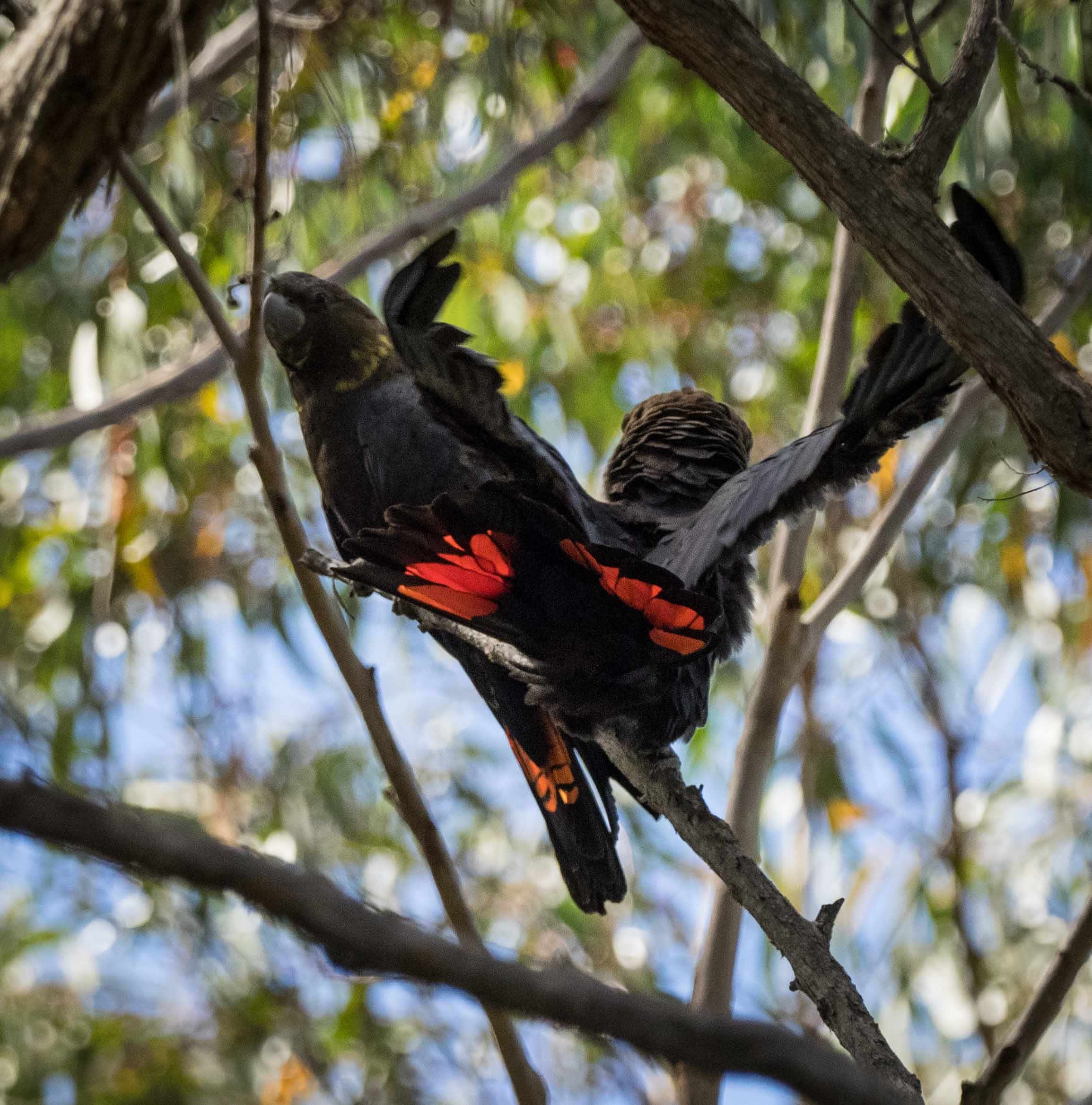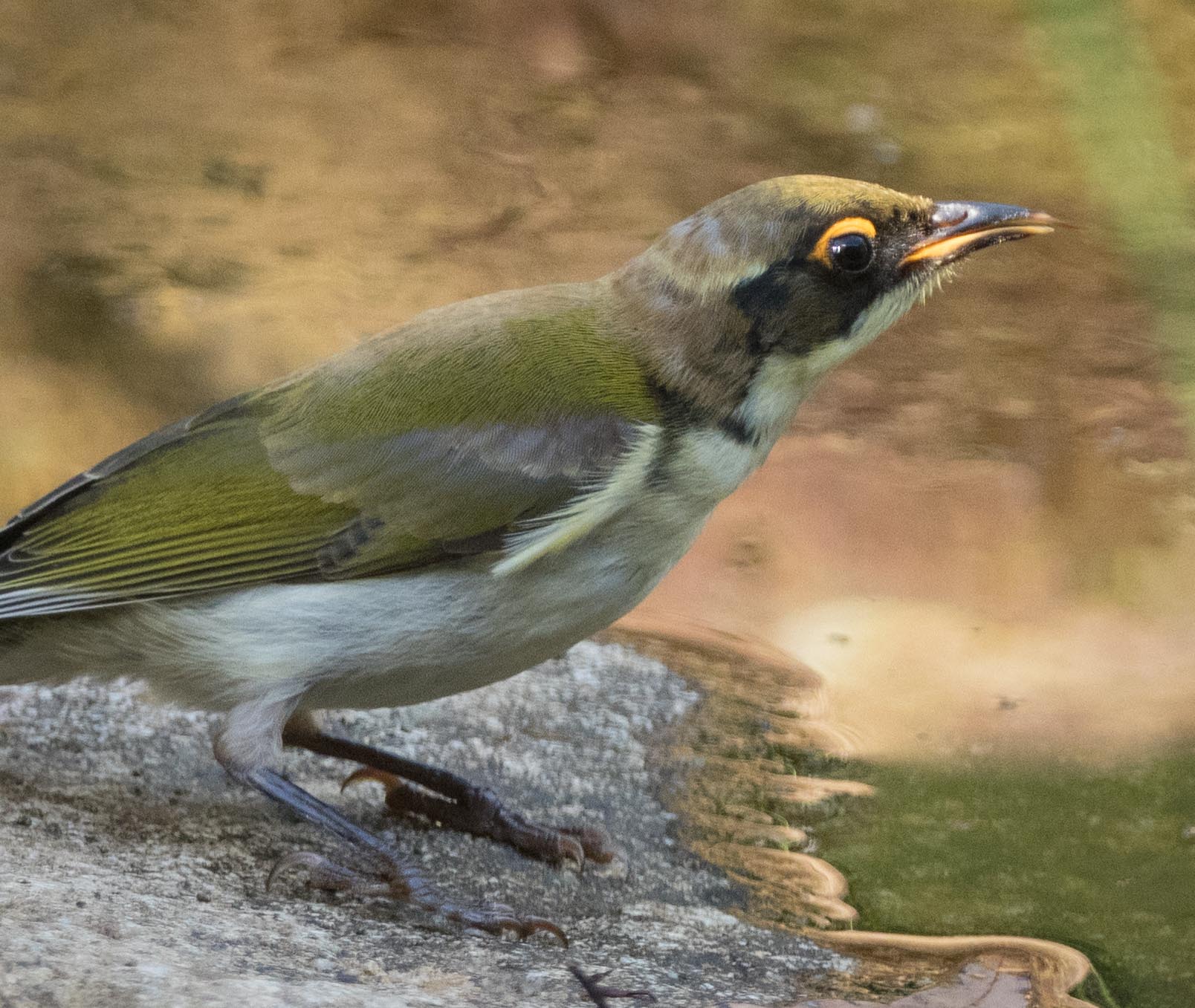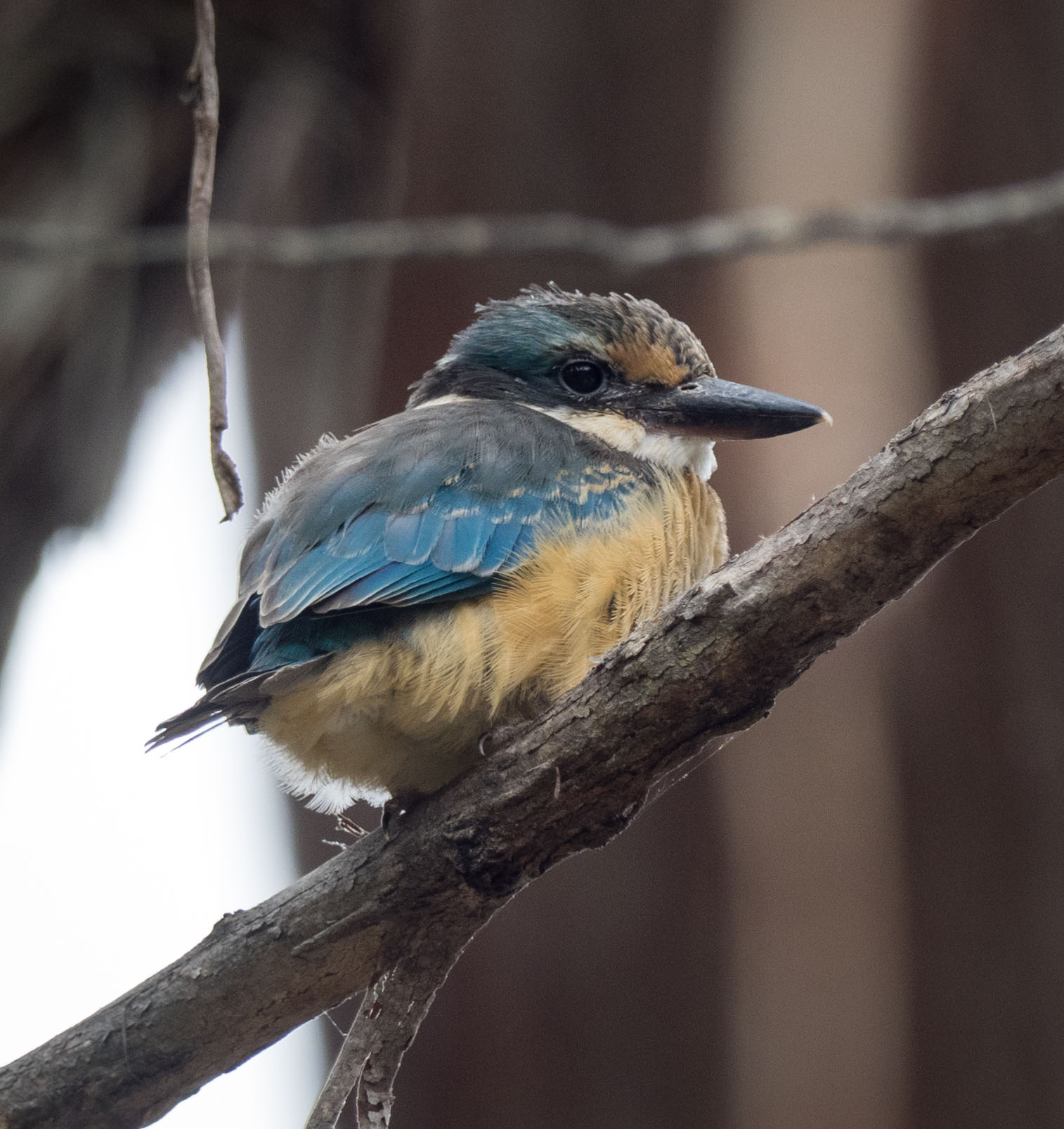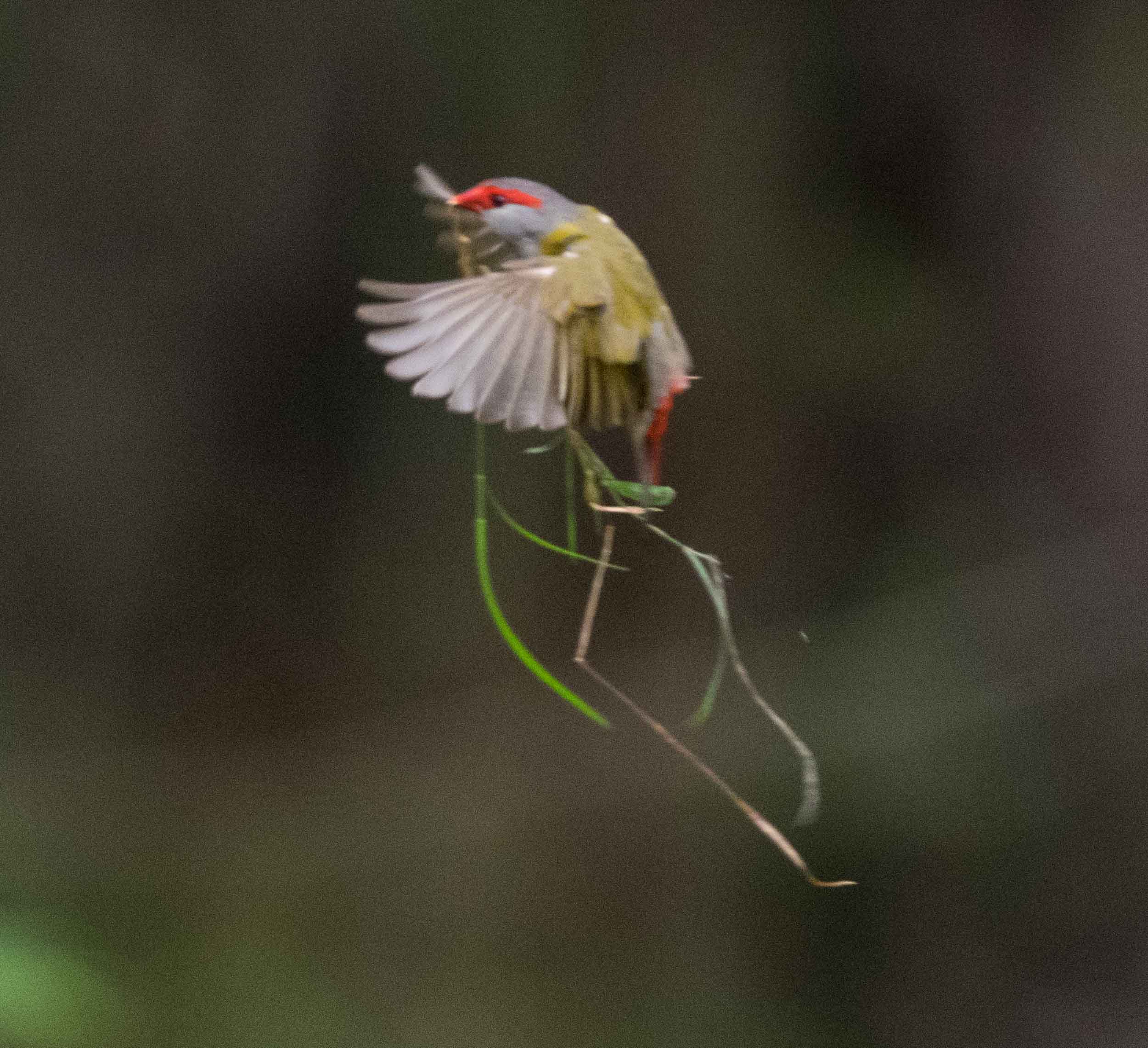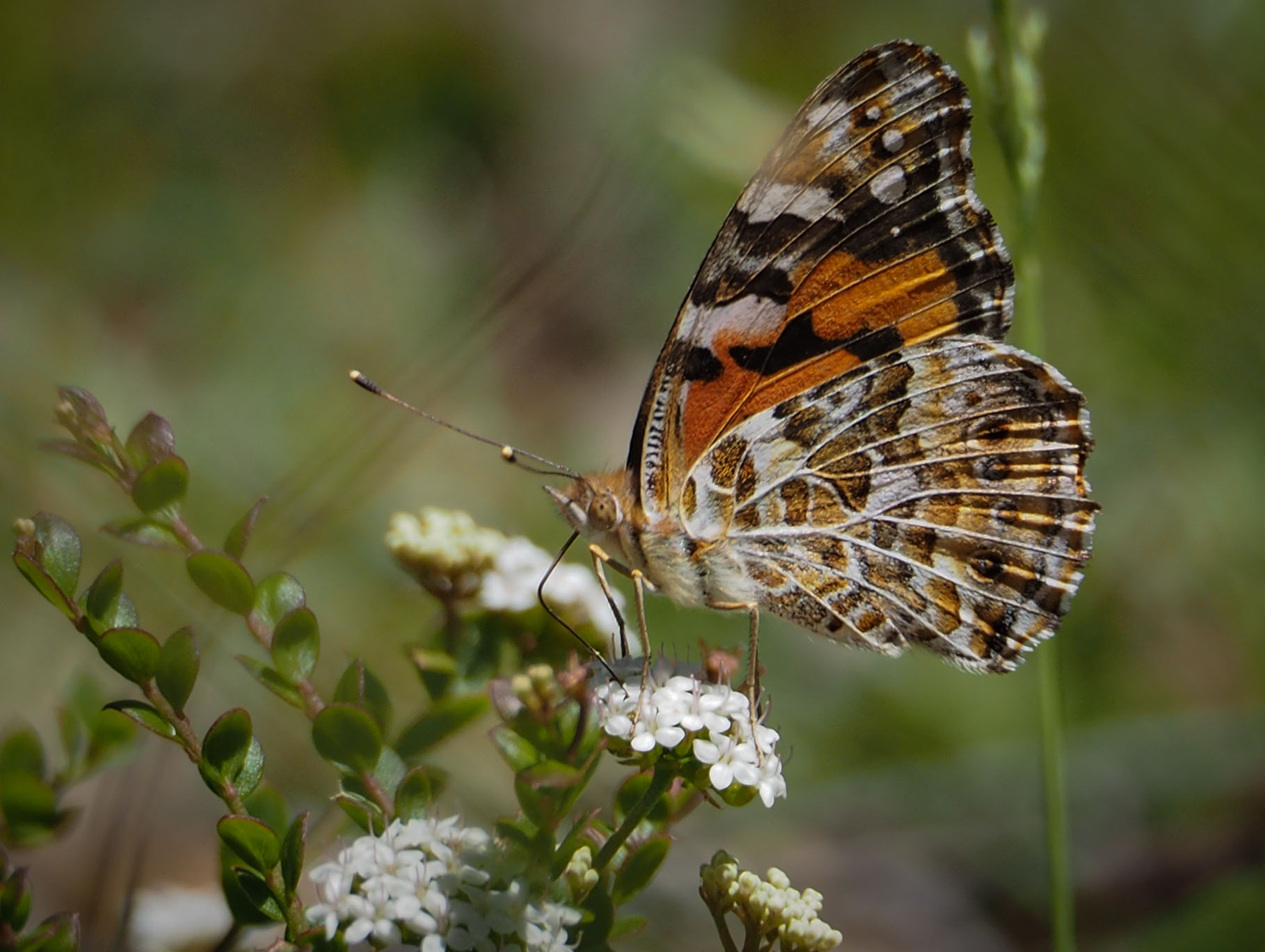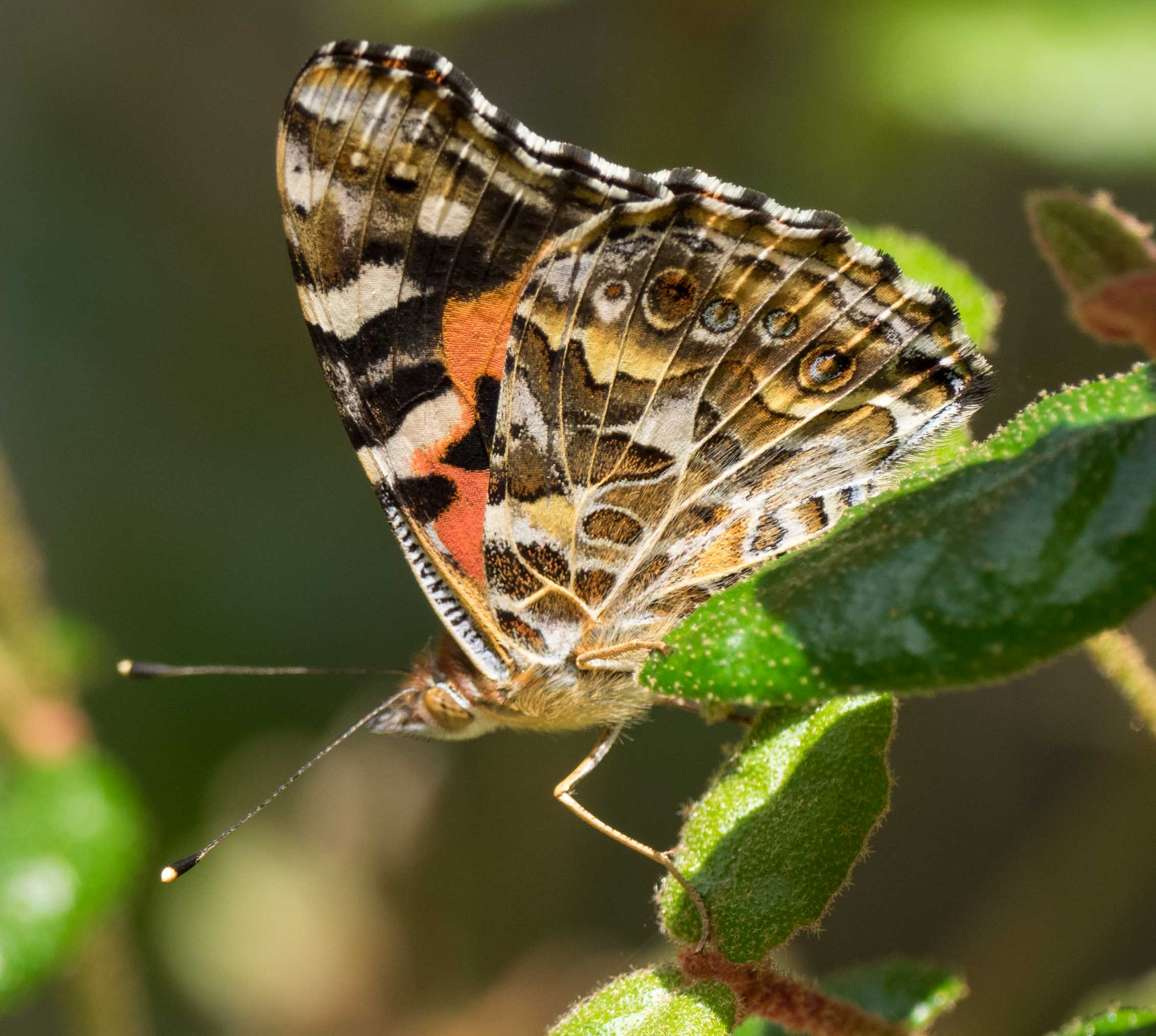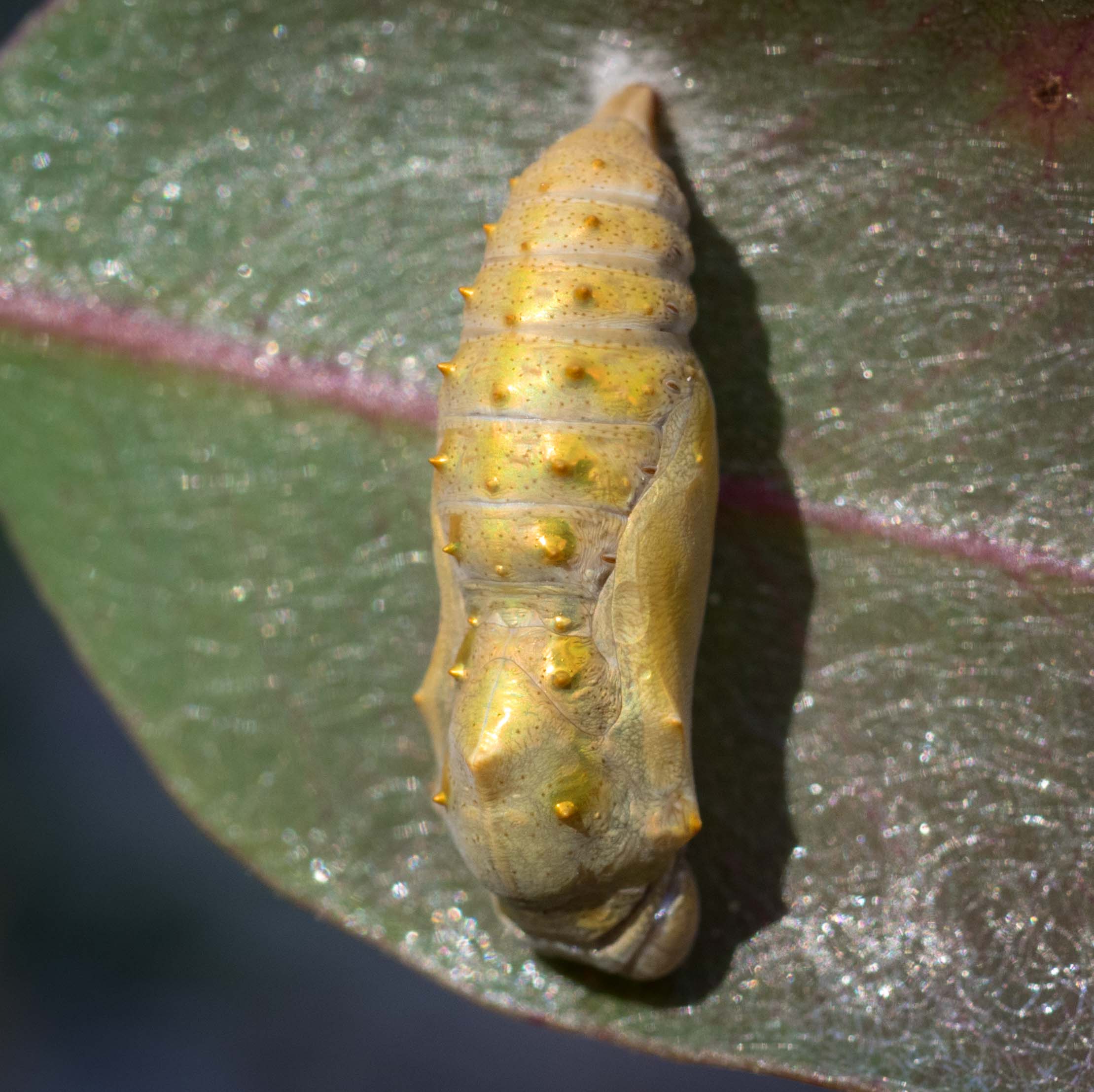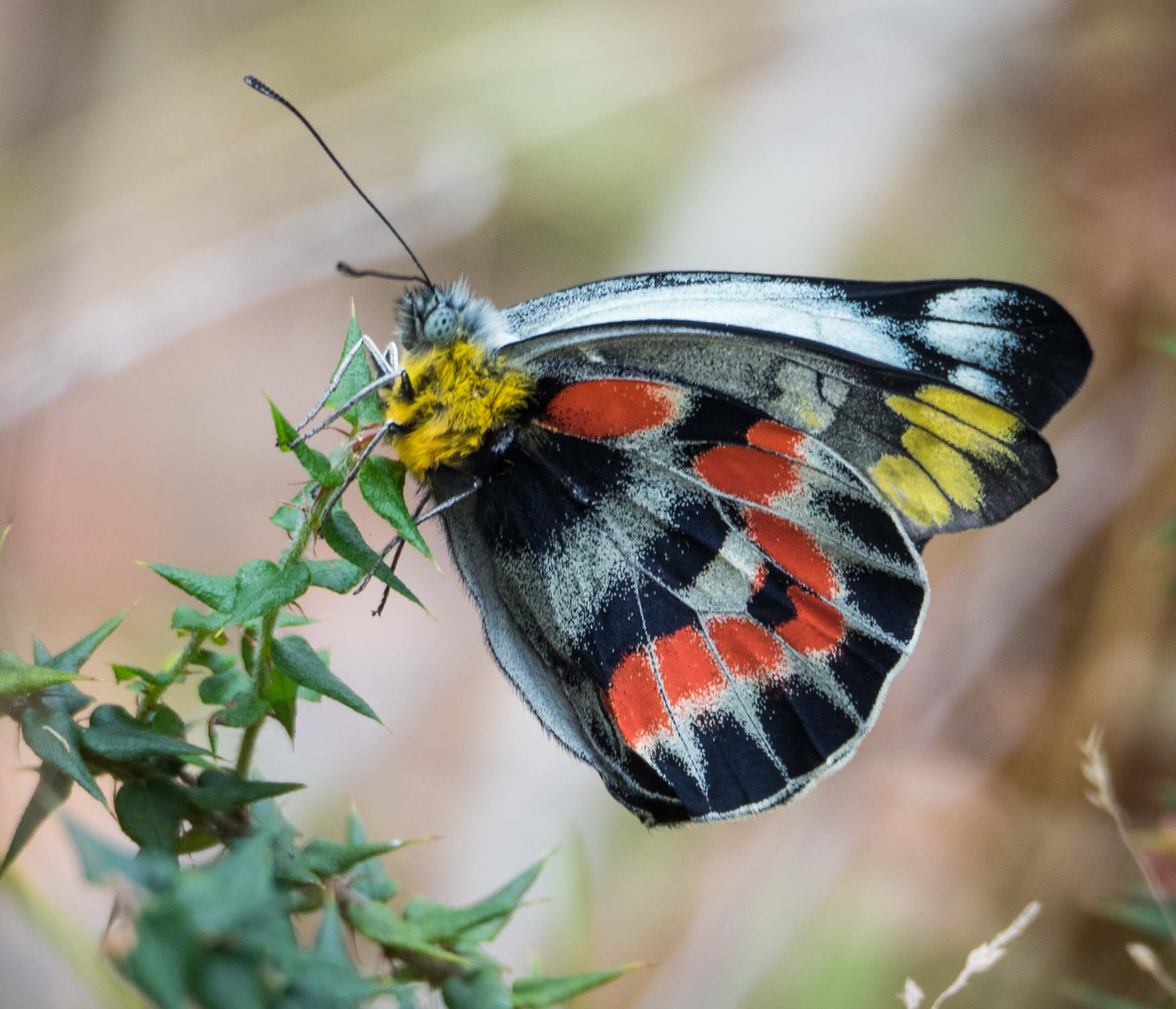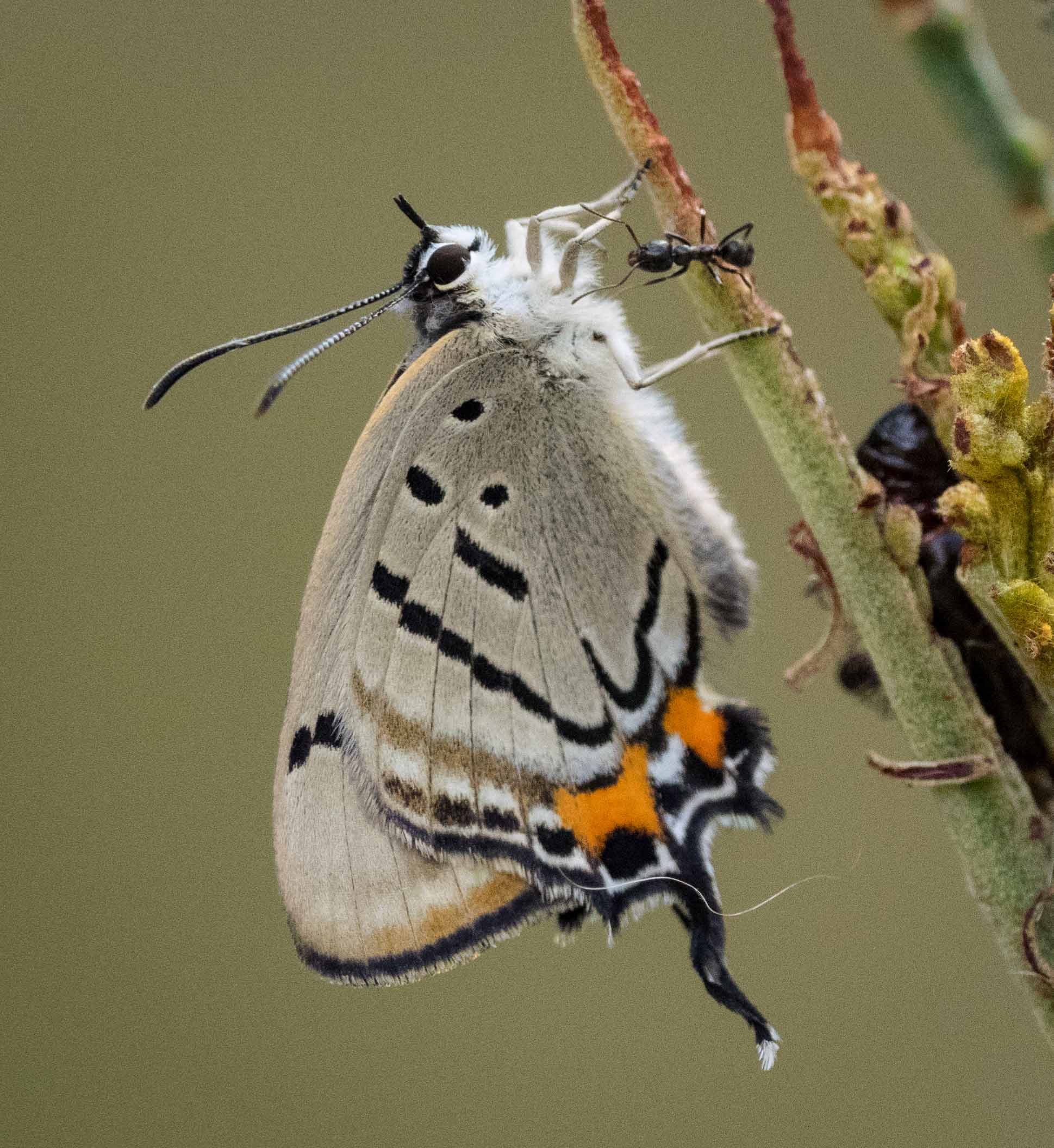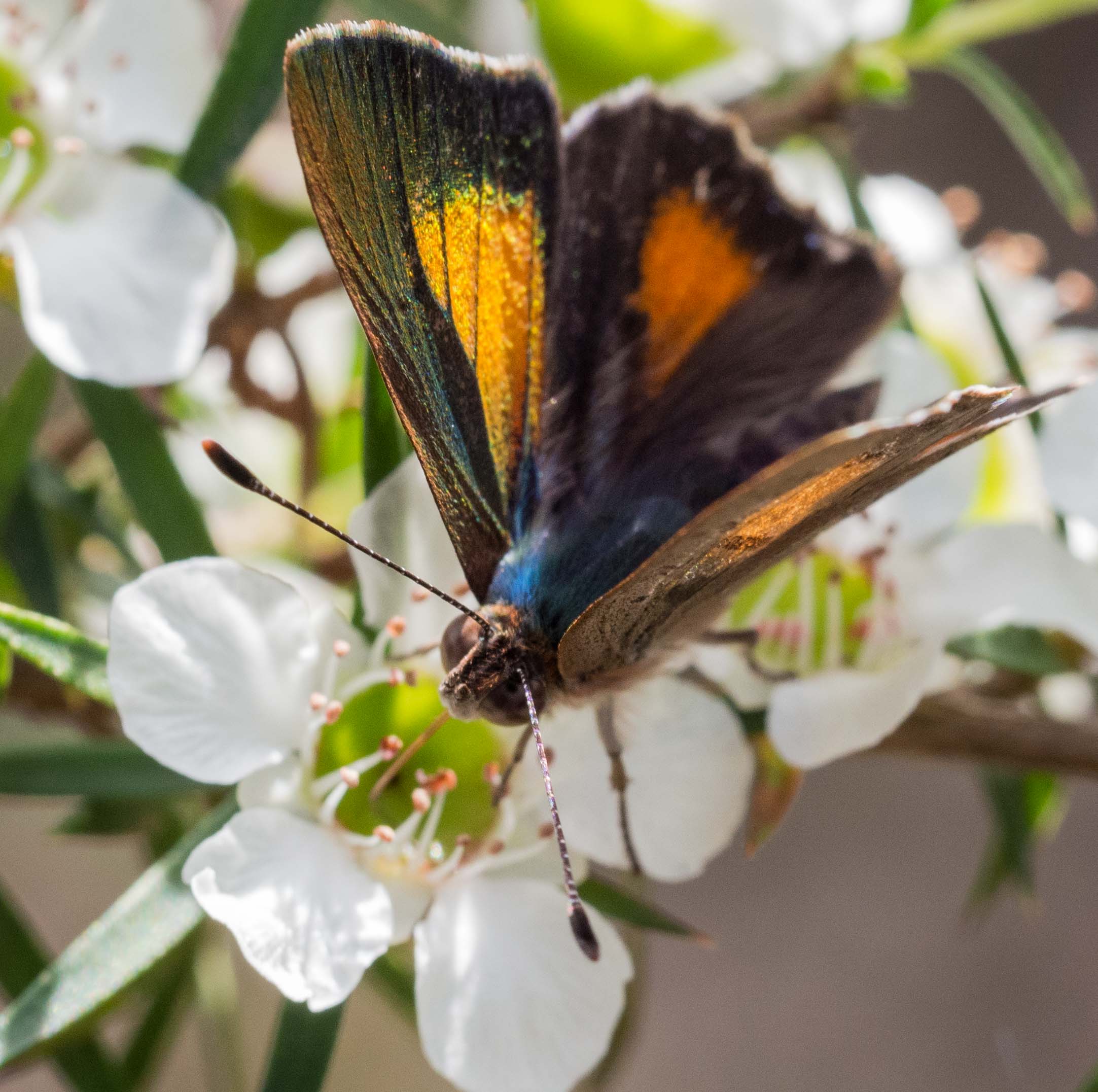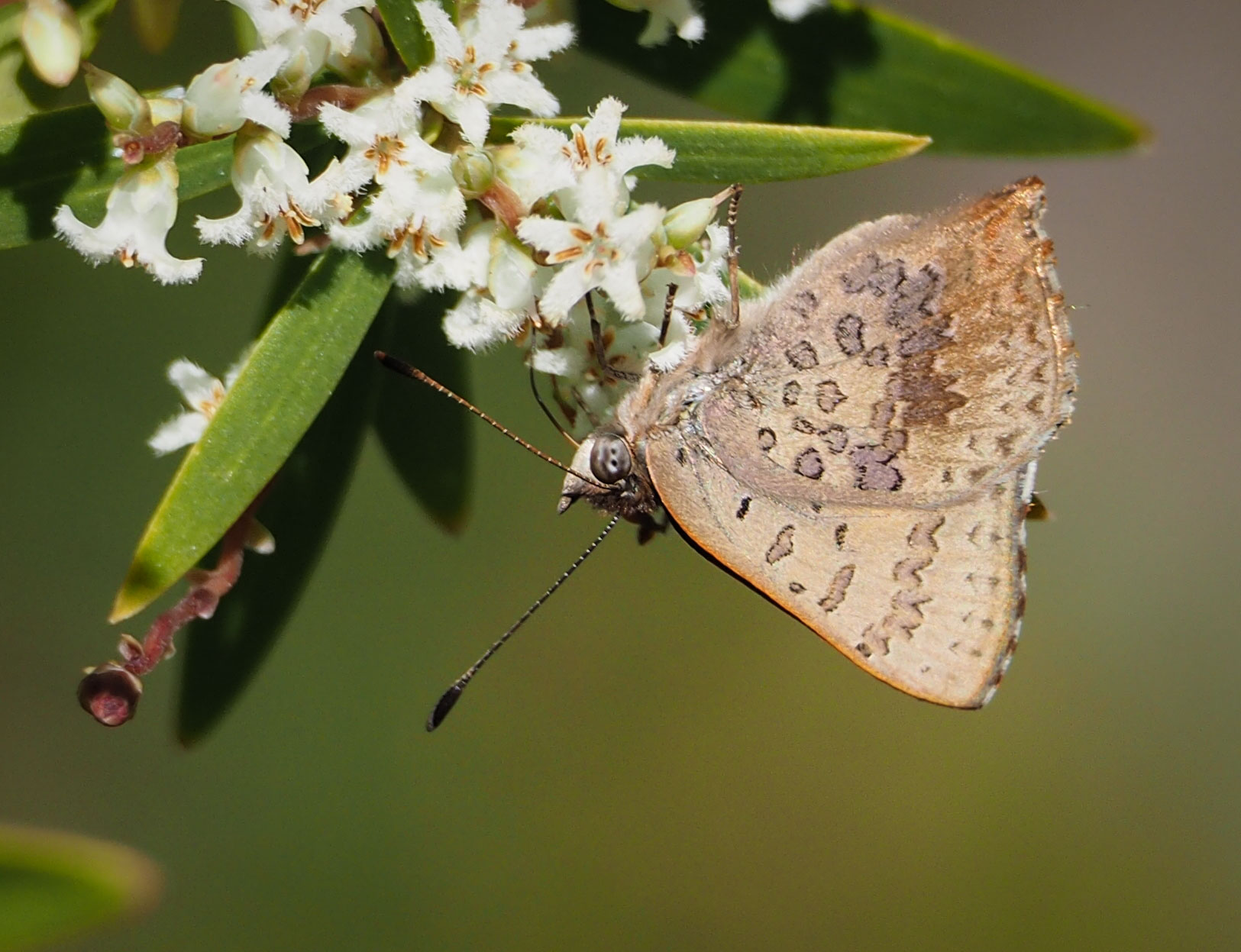Fate of a Mustard Ghost Moth

Mustard Ghost Moth (Abantiades hyalinatus) adults are beautiful. The forewings vary from orange to 'mustard' colour, some with bright silver markings, while the hind wings are an impressive purple. And they're big, with a wingspan of at least 120mm. They appear in late summer, but never in large numbers.




It is perhaps not surprising that such fat-bodied insects attract the attention of a range of hungry predators. I witnessed one such encounter and was amazed by what I saw.
As I was wandering about the block, camera in hand, this Black-faced Monarch landed on a nearby perch. It sat quite still, watching me, and I was able to capture several shots. These beautiful summer visitors, are breeding migrants, arriving in Spring and flying north again in March.


Suddenly the Monarch started to gag and I was amazed to see the bird regurgitate a huge, intact Mustard Ghost Moth. And, more amazing still - the moth was clearly alive!

Now, I am aware that birds have a crop where they can store food before it passes on to the stomach. But I really didn't expect a bird this size to have a crop large enough to hold such a huge, living moth!
Holding the insect under one foot, the Monarch attacked the head and thorax with its curved, blue beak. After a brief battle, the insect stopped fluttering - the bird had clearly won.






However, the Monarch wasn't the ultimate victor. A Grey Shrike-thrush, a much larger bird, swooped in and stole the prize. Unfortunately, it happened too quickly for me, and I missed capturing a shot. The winner landed high in the canopy and proceeded to consume its meal.
Fairy-wrens are settling in to breed, taking advantage of spiky dead vegetation.
One month since The Fire and our home bird list is growing. Some of our regular forest birds are returning, but there are some unusual visitors too. We’re hoping they don’t all stay!
In the Winter-quiet of the forest, the soft calls and feeding sounds of Glossy Black-Cockatoos can be heard.
Watching a group of Glossy Black-Cockatoos this week led me to think more about how they feed.
There are few plants flowering at the moment, but Banksia spinulosa is looking quite spectacular. Low light, brilliant flowers, and a beautiful bird - an Autumn afternoon treat.
It's a lucky day when we see the Glossies feeding ... but to see them breeding is a rare sight indeed.
Breeding season is a challenging time for birds, even for a species as boisterous and bossy as the Yellow-faced Honeyeater.
White-naped Honeyeaters consume large numbers of spiders, and leaf-curling spiders seem to be a particular favourite.
The baby Sacred Kingfishers are out and about – and seem younger than ever before!
A pair of Red-browed Finches have chosen a nearby Geebung bush as a nest site, giving us a good view of their construction activities.
